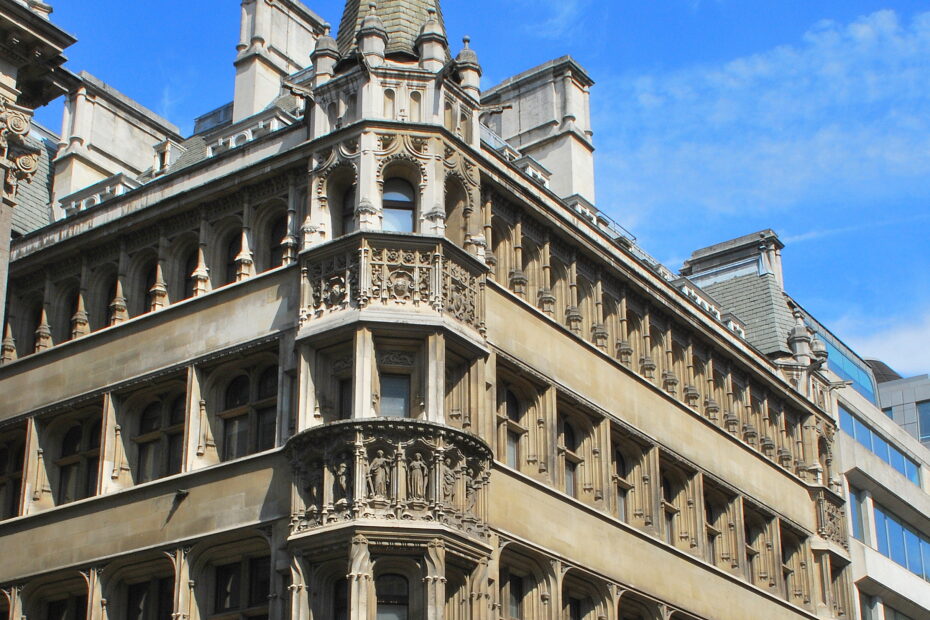The road currently known as Moorgate, in the City of London, is historically composed of two different sections. The upper section of Moorgate, running between London Wall and Ropemaker Street / South Place was formerly the southern portion of Finsbury Pavement, which retains that name north of Ropemaker Street, going towards Finsbury Square. Finsbury Pavement (a.k.a. Moorfields Pavement) originates from a causeway that bordered the swampy area known as Moorfields, leading North from Moorgate towards Islington and Hoxton.
The aforesaid gate was initially a minor postern in the northern side of the London Wall. In 1415 it was decided to turn the postern into a proper City gate at the urging of the Lord Mayor, Thomas Falconer. The gate was enlarged in 1472 and again in 1511. Following damage during the great fire, it was rebuilt in 1672. In that form, it lasted until 1760, when it was finally demolished.

The lower portion of Moorgate (the street), was created in 1830-34 as part of the comparatively major Victorian-era rationalisation of the City’s zig-zag pattern of narrow medieval lanes. This included (in the 1840s) the creation of Gresham Street. The new portion of Moorgate (known until the 1920s as Moorgate Street), linked London Wall to the recently straightened Princes Street (1824) and thence to Bank Junction and the new London Bridge approaches via the equally new King William Street (1829-1834).
Like King William Street, the newer, lower portion of Moorgate was planned for stylistic uniformity, with stucco-fronted buildings designed by Robert Smirke along the thoroughfare (and Edward I’anson in the streets behind). A few of the Smirke buildings survive at the corner with London Wall. From the late C19 onward, the large number of small terraced buildings began to be consolidated into fewer, larger edifices and this process has lasted into the late C20 and indeed the early C21. Despite almost continuous change, Moorgate retains a number of worthwhile pre-WW2 buildings along much of its length.
Classical buildings of interest (south to north)
- Northern Assurance (corner with Lothbury)
- British Law Fire Insurance (corner with Lothbury)
- British Bank of South America (4 Moorgate)
- Basildon House (7-11Moorgate)
- National Bank of New Zealand (8-10 Moorgate)
- Northgate House (20 Moorgate)
- Ocean Accident & Guarantee (36-42 Moorgate)
- 46 Moorgate
- 56-58 Moorgate (now part of ’60 Moorgate’)
- 63-73 Moorgate
- Globe Pub (83 Moorgate)
- Electra House (76-92 Moorgate)
- Britannic House (1-6 Finsbury Circus)
